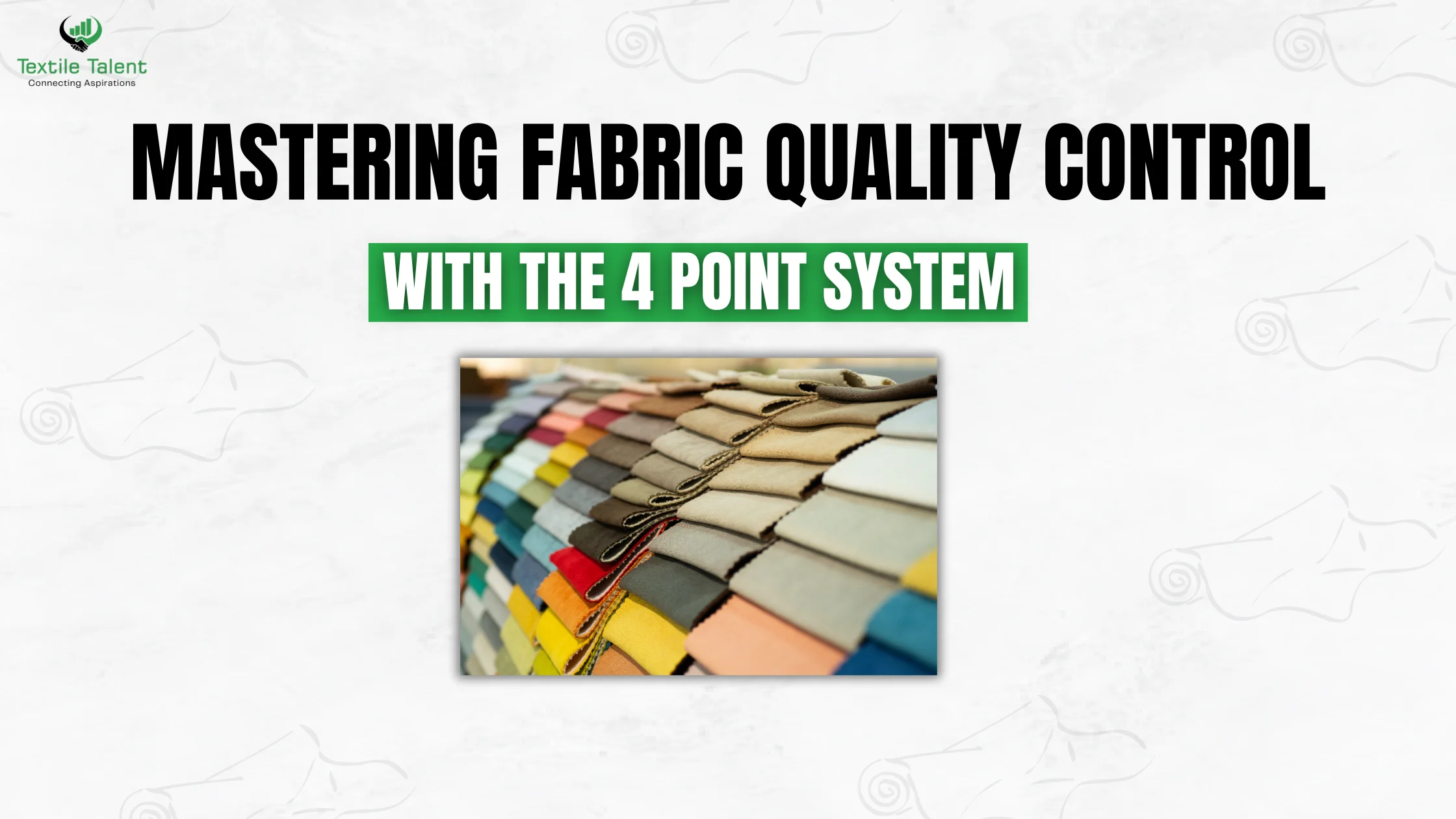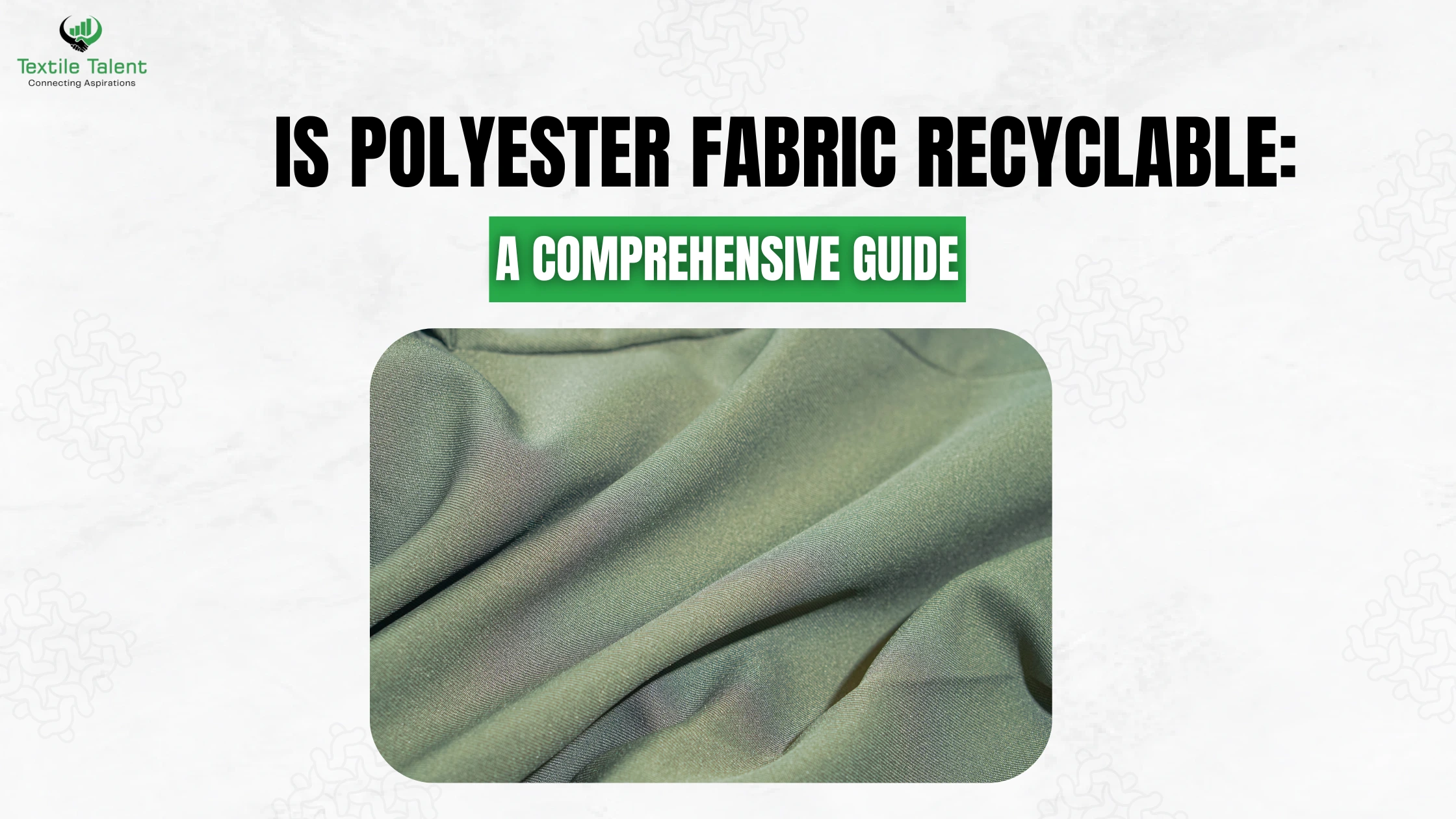
Summary
Fabric quality is everything in the case of the textile industry. Even a minor fault may result in huge rejections and loss. That’s why the 4 Point System is widely used to ensure consistent quality in fabric inspection. In this article, we’ll walk you through how this system works, why it’s trusted globally, and how machines like fabric inspection and rolling machines make the process even smoother.
Introduction
If you’ve ever wondered how fabric manufacturers maintain quality at such large scales, the answer often lies in the 4 point system fabric inspection method. The grading system is beneficial since it assists in identifying defects and grouping them as well as measuring them in the inspection process. Whether it be small holes or a huge misweave, the 4 Point System helps to simplify ratings of fabric quality. And when paired with a fabric inspection machine, it streamlines everything from detection to documentation.
What Is the 4 Point System and Why Is It Used in Fabric Inspection?
The 4 Point System is a method known internationally that may be employed to rate the caliber of fabrics by awarding points in regards to the level of defects. It makes inspection fair, precise and uniform whoever is Inspecting the fabric. How it works is simple enough: smaller defects have few points, larger or more important defects have more points. In case the sum of the points exceed a certain limit, the fabric roll can be returned.
How Does the 4 Point System Work?
Each defect is scored between 1 to 4 points depending on its size or seriousness:
-
1 Point: Minor defects (e.g. 3 inches or less)
-
2 Points: Slightly larger (3 to 6 inches)
-
3 Points: Medium defects (6 to 9 inches)
-
4 Points: Major defects (over 9 inches or critical issues)
The 4 point system fabric inspection formula calculates points per 100 square yards of fabric to determine if the roll passes or fails.
Why Is It Preferred Over Other Systems?
The 4 Point System is scalable and simple unlike the various other rating systems. It does not make it difficult by using percentages and vague benchmarks. It allows inspectors, especially when using a fabric inspection and rolling machine, to quickly spot issues and determine the final grade. Small-scale textile business, garment factories, and its utilization by fabric mills, are some of the reasons it is entrusted by them.
How Does a Fabric Inspection Machine Make the Process Easier?
Inspection by the manual process is time-consuming and usually fails to detect the small faults. That’s where fabric inspection machines come in—they improve speed and accuracy. The machines unroll fabrics and cover the rolls with lighted surfaces and enable the inspection professionals to see the flaws more easily. Digital meters, some counters and possibly even image capturing are also on most machines.
Key Features of Fabric Inspection Machines
Modern fabric inspection machines come with:
-
Adjustable lighting for spotting hidden defects
-
Auto edge alignment for consistent roll handling
-
Defect marking systems for easy tracking
-
Integration with rolling and cutting systems for efficiency
Some machines even include software to apply the 4 point system fabric inspection formula automatically.
Should You Invest in One?
In case you deal with large production of cloths or own a garment unit, definitely yes. The machines will save a lot of time in inspection and human errors. Plus, pairing it with a fabric inspection and rolling machine means you’re ready for packaging right after inspection—saving space and effort. In small-scale units, a relatively simple semi-automatic machine can have an enormous effect in terms of the quality of output.
What Happens After the Inspection Is Done?
After the inspection it’s time to grade the material. Based on the total points collected using the 4 point system fabric inspection formula, a decision is made—either the fabric passes, gets marked for repair, or is rejected. This grading is subsequently logged after which quality reports are provided for reference.
How Is the Final Score Calculated?
Here’s a simple breakdown:
-
Count total defect points in a 100-square-yard section.
-
If the points are below the acceptable limit (usually 40 points), the roll passes.
-
Anything above that may be rejected or sent for rework.
This formula ensures uniformity across all batches and helps suppliers and buyers stay on the same page.
What’s the Role of Rolling Machines After Inspection?
Once the fabric is checked, a fabric inspection and rolling machine takes over. These machines assist the rolling of the inspected fabric in a neat way either to be shipped or to be processed further. The rolling machines do not give way to wrinkles, stretch, or other kinds of damage after inspection. It is the end finishing to make your fabric ready to the subsequent process.
FAQs
1. What is the main advantage of the 4 Point System in fabric inspection?
The largest benefit is it's simplicity and consistency. They provide a simple yes/no outcome that, all parties sides, the supplier and the buyer can agree on.
2. Can fabric inspection be done manually without machines?
Slower yes, but more human error prone. Machine assistance makes the processes to be faster, more precise, and uniform.
3. How many points are allowed per 100 square yards in the 4 Point System?
Normally the maximum points that are allowed per 100 square yards is 40. Something that is beyond that can be termed as a fail.
4. What is the difference between a fabric inspection machine and a fabric inspection and rolling machine?
A fabric inspection machine focuses on defect detection, while a fabric inspection and rolling machine combines inspection with rolling, making it more efficient for bulk operations.
5. Is the 4 Point System suitable for all types of fabric?
Yes, it's versatile and can be used for woven, knitted, and non-woven fabrics across various industries.
Conclusion
Fabric quality control doesn’t have to be so hard to get handle on. With the 4 Point System, fabric inspection becomes clear, fair, and standardized. Pairing the method with modern tools like a fabric inspection machine or fabric inspection and rolling machine can help you boost efficiency and reduce waste. If you are serious about producing top-grade textiles, this system is the base to start from.






